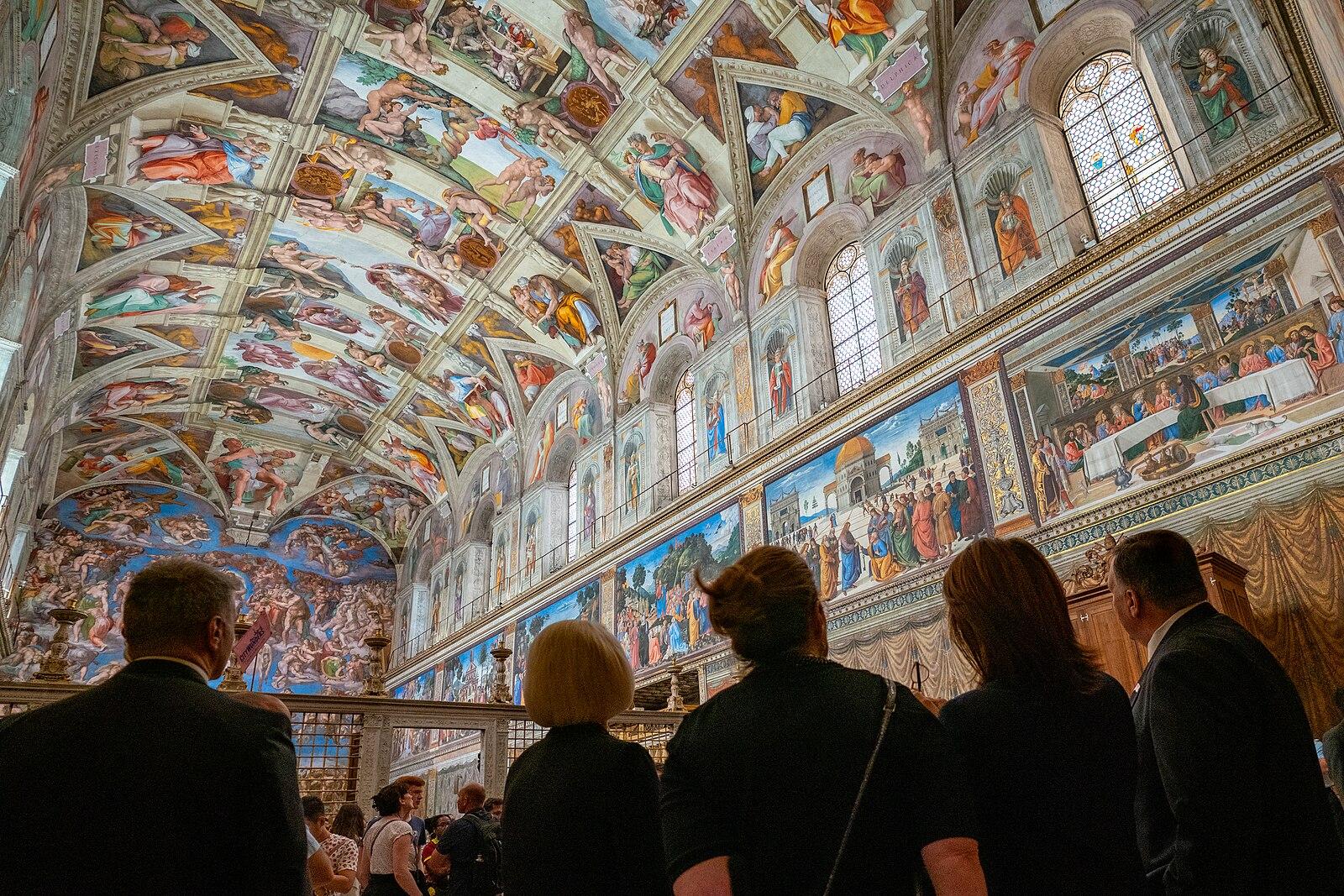Visiting the Sistine Chapel in Vatican City offers a chance to stand beneath some of the most famous frescoes in the world. This small city-state, surrounded by Rome, holds treasures of art, history, and faith. If you plan to see the Sistine Chapel, knowing how to get there, the best time to visit, and a bit about its incredible story will help you enjoy every moment. Close to Vatican museums, local food spots, and easy transport links make the visit comfortable and full of surprises.
Table of Contents
When enjoying the Vatican museums and Sistine Chapel, you might appreciate a journey to the White Tower of Thessalonika showcasing rich history through a seaside fortress and museum.
How to Reach Vatican City and Sistine Chapel
Getting to the Sistine Chapel is easy for anyone staying in Rome or arriving by air or train. Vatican City is just a short journey from Rome’s center, making it accessible by public transport or on foot from nearby districts.
Travel by Metro and Bus
The closest metro station is Ottaviano–San Pietro on Line A. It is about a 10-minute walk to Vatican Museums entrance. From there, you enter Vatican City and head towards the Sistine Chapel via the museums. Several buses also stop near the Vatican, including routes 49, 32, and 81.
From Airports and Train Stations
If you arrive at Leonardo da Vinci Fiumicino Airport, the Leonardo Express train will take you to Rome’s city center Termini station. From Termini, you can take Metro Line A heading toward Battistini and get off at Ottaviano. For train arrivals to Roma Termini, follow the same metro route. From Roma Tiburtina, buses and metro connections also bring you near the Vatican quickly.
Quiet Moments: Best Time to Visit the Sistine Chapel
Many visitors overlook when to visit the Sistine Chapel to enjoy a less crowded, more peaceful experience. Knowing the best days and times can transform your visit from hectic to memorable.
Early mornings right at opening time are often the least busy. Avoid Wednesdays when the Pope holds his weekly audience, drawing many crowds to the area. Late afternoons close to closing time are quieter, but you must be prepared for a swift visit as rooms close soon after.
To complement your visit to the Sistine Chapel, explore this deeper look at Vatican City’s hidden gems and daily life Vatican City Beyond the Sistine Chapel.
Visiting during off-peak seasons like late autumn or winter can also reduce crowds. Yet, Vatican City maintains a steady flow of tourists year-round, so booking ahead remains crucial.
The Fascinating Story Behind the Sistine Chapel’s Art
The Sistine Chapel, built between 1473 and 1481, is more than just a religious building. It hosts the papal conclave and many important ceremonies. The star attraction is the ceiling painted by Michelangelo between 1508 and 1512, a masterpiece of Renaissance art.
Michelangelo was initially reluctant, thinking of himself primarily as a sculptor. Yet, the results stunned the world: vivid scenes from the Bible, including the famous “Creation of Adam.” Above the altar, the “Last Judgment” fresco, added decades later, extends the chapel’s story.
Many visitors miss small, quirky details: the face of Michelangelo himself, hidden among the figures, or the tiny characters representing different biblical stories, all rich in symbolism.
Tickets, Tours, and Entry Rules for the Sistine Chapel
Because Vatican City is so popular, entering the Sistine Chapel requires a ticket. Tickets are usually included with Vatican Museums entry. To avoid long lines, it is wise to book online in advance. Walk-up visitors risk hours of waiting or missing the chapel entirely.
Guided tours are highly recommended. They offer explanations that bring the artwork and history alive. Many tours combine the Sistine Chapel with the Vatican Museums and St. Peter’s Basilica for a full cultural experience.
Visitors must follow a strict dress code: shoulders and knees should be covered. No flash photography or large bags are allowed inside. Silence or very low voices show respect for this sacred place.
Your Surroundings: Where to Stay and Eat Near Vatican City
Numerous accommodations lie within walking distance of Vatican City, offering a range of options from cozy guesthouses to apartments. Staying nearby means you can visit early or late, avoiding the busiest crowds.
When hunger strikes, try local trattorias that serve Roman dishes like “Cacio e Pepe” or “Saltimbocca alla Romana.” Small cafés and gelato shops near Vatican offer a great break after hours of walking.
Don’t miss tasting “Supplì,” fried rice balls filled with mozzarella, a favorite street snack around the Vatican area.
Hidden Stories and Odd Facts About the Sistine Chapel
The Sistine Chapel holds many secrets beyond its paintings. Legend says that during the conclave, the smoke from the chimney signals if a new pope has been chosen – black smoke means no decision, white smoke means success.
Michelangelo worked on the ceiling lying on his back on scaffolding, an exhausting task that took over four years. It was so tough that he reportedly said painting the ceiling was “a great torture.”
Another fun fact: the chapel’s iconic ceiling was nearly hidden from view until the arrival of a special restoration in the late 20th century, which cleaned centuries of grime and revealed bright, vivid colors as Michelangelo had painted.
Official Vatican Website for Visitors
For the most accurate and updated information about visiting the Sistine Chapel, booking tickets, and discovering other Vatican City highlights, visit the official Vatican Museums website at Vatican Museums Official Site.

Art museum enthusiast who loves contemporary art and spends days wandering through exhibitions.
